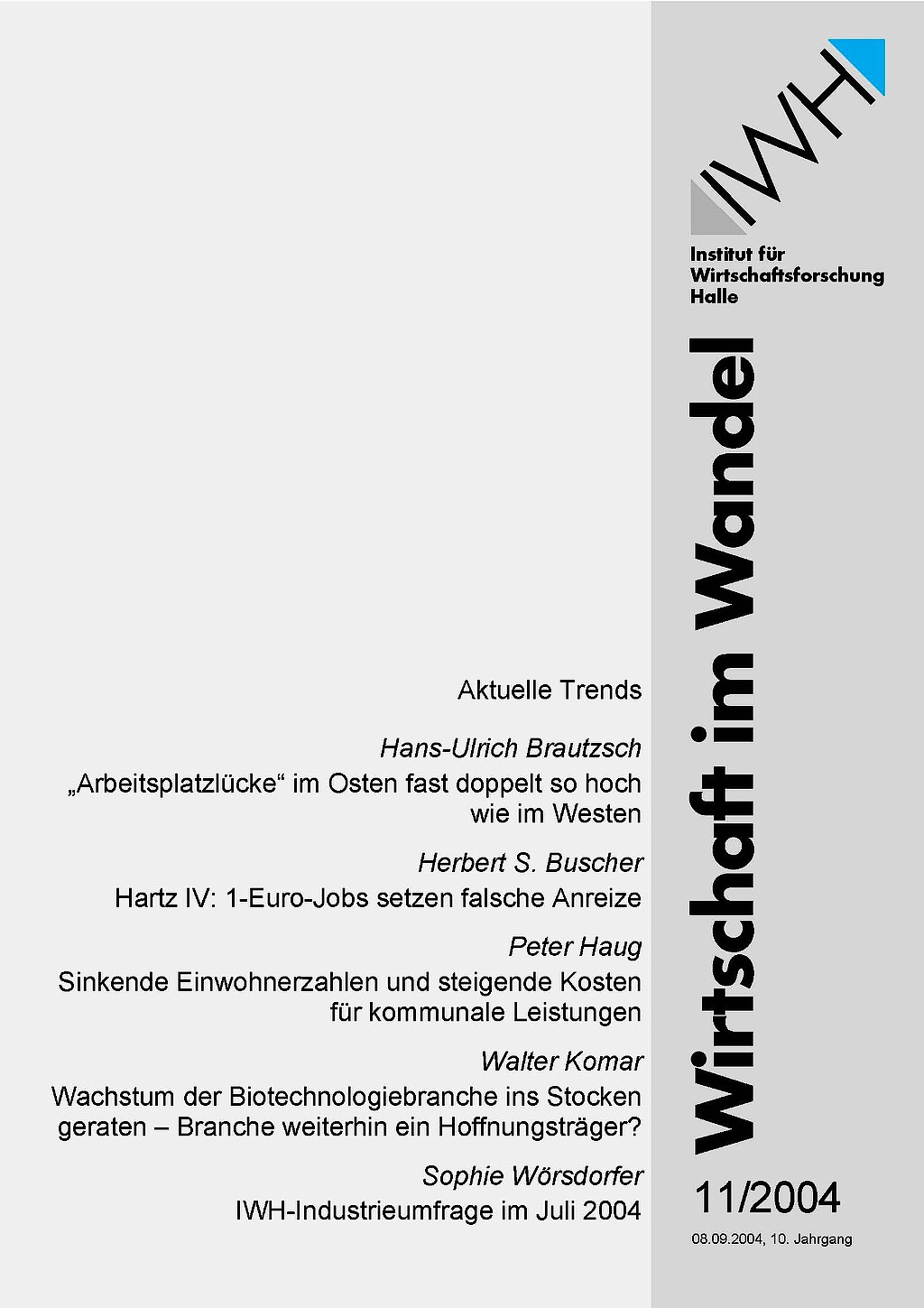
Hartz IV: 1-Euro-Jobs setzen falsche Anreize
Der Beitrag untersucht die Wirkungen von Hinzuverdienstmöglichkeiten für Arbeitslose, die ab 2005 Arbeitslosengeld-II beziehen. Neben regulären Verdiensten werden weiterhin die Mehraufwandsentschädigungen betrachtet. Hierbei zeigt sich, dass aus rein finanzieller Sicht die sogenannten 1-Euro-Jobs attraktiver sein können als Tätigkeiten im ersten Arbeitsmarkt. Ein weiterer Aspekt befasst sich mit dem Vergleich von Arbeitslosengeld-II und den Hinzuverdienstmöglichkeiten mit Einkommen, das relativ niedrig ausfällt. Mit den Hinzuverdienstmöglichkeiten kann es sein, dass das Einkommen eines Arbeitslosen höher ausfällt als das Einkommen bei einer Vollzeitbeschäftigung, so dass hier negative Anreize für Niedrigeinkommensbezieher entstehen können.




